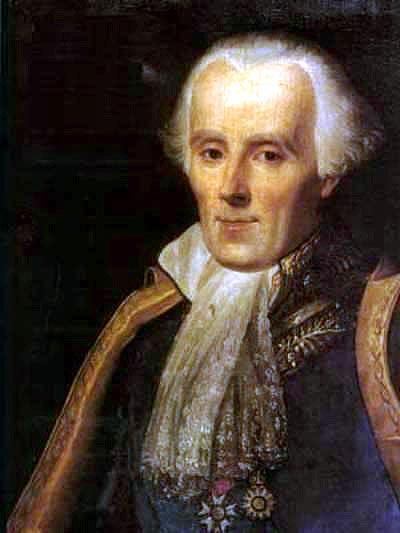 Pierre-Simon Marquis de Laplace is a French mathematician recognized for his contributions in astronomy and statistics. Laplace is the proponent behind the “Mecanique Celeste (Celestial Mechanics)” during the mid-18th century.
Pierre-Simon Marquis de Laplace is a French mathematician recognized for his contributions in astronomy and statistics. Laplace is the proponent behind the “Mecanique Celeste (Celestial Mechanics)” during the mid-18th century.
Laplace was born in March 23, 1749 to Pierre Laplace and Marie-Anne Sochon. His family became prominent in France because to their involvement in agriculture industry during 1750. Laplace spent most of this childhood days at the Benedictine Priory School. He was sent by his father to pursue theology studies at the University of Caen when he was 16 years old. During Laplace's stay at the University, he was praised by professors Pierre LeCanu and Christophe Gadbled for his distinction in the field of mathematics. Laplace didn't continue pursuing his theology studies yet he was able to succeed in mathematics and astronomy through the help of Le Canu's friend, Jean LeRond D' Alambert.
In 1771, Laplace became a member of the French Academy of Sciences after introducing the “Marquis De Condorcet” mathematical observation. In 1772, he was recommended by Jacques Antoine Cousin for admission at the prestigious Alexandre-Theophile Vandermonde. In 1773, Laplace wrote a letter to Joseph Louis-Lagrange. The letter is said to contain Laplace's position in the Marquis observation. Laplace started writing and observing the Celestial Mechanics in 1784. The Celestial Mechanics is Laplace's take on determining the analysis of the spherical harmonics which were basically found under a single particle of the spheroid. In 1784, the first three volumes of the Celestial Mechanics were reprinted for massive publication.
In 1812, Laplace issued a theory he named as “Theorie Analytique des Probabilities“. The theory states the sensible verifications throughout the mathematical language. Laplace wrote and published an untitled account containing his observations in probability studies. In 1862, the “Newton Law of Gravitation” was revised by Laplace upon the request of Sir William “Lord Kevin” Thomson. Laplace presented evidences regarding the revision of the Newtonian law which unexpectedly coincided with the fall of the French Empire. Laplace married Marie Charlotte de Courty de Romanges and had two children named Charles-Emile and Sophie.
